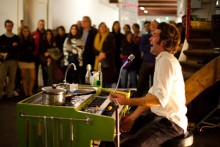THE RESEARCH AND DESTROY DEPARTMENT OF BLACK MOUNTAIN COLLEGE
Saar Amptmeijer, Leyla Aydoslu, Sara Bjarland, Sven Boel, Kees Boevé, Crystal Z Campbell, Melanie Ebenhoch, Johan Henning, Roderick Hietbrink, Jeroen van der Hulst, Saskia Noor van Imhoff, Katrin Kamrau, Daniel vom Keller, Bram Kinsbergen, Linda Lenssen, Mahal de Man, Tim Mathijsen, Sofia Montenegro, Olivia Alders Plessers, Thomas Raat, Natalia Rebelo, Daniel Rödiger, Fabian Schröder, Kema Spencer, Edward Clydesdale Thomson, Britt Vangenechten, Kasper de Vos, Jonas Wijtenburg, Emile Zile, Suat Öğüt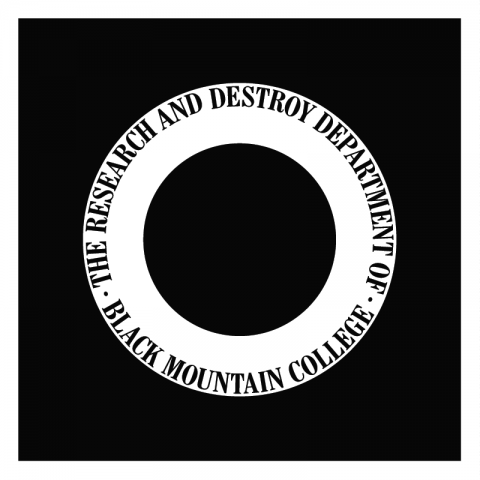
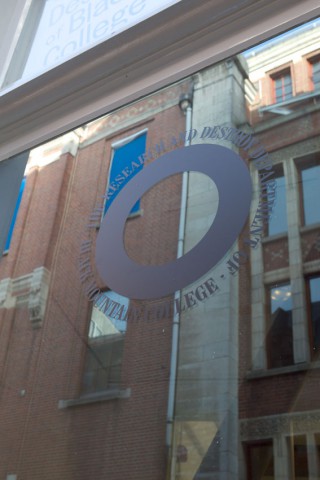

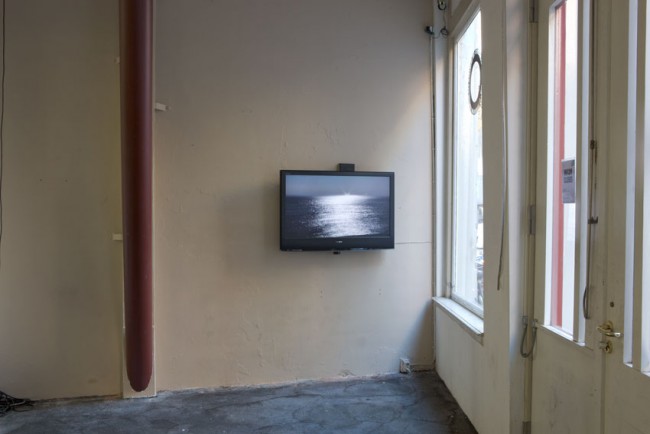
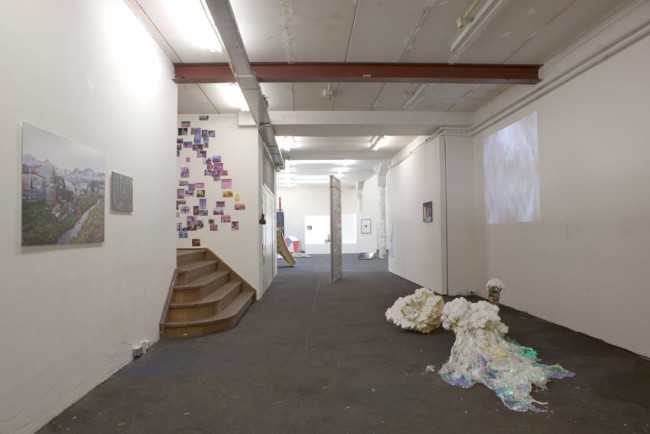
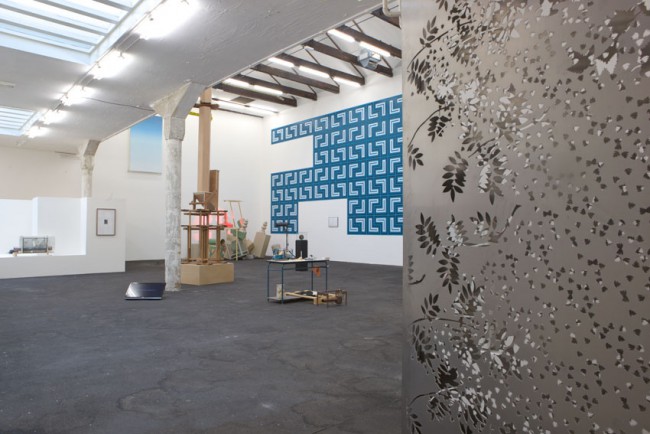

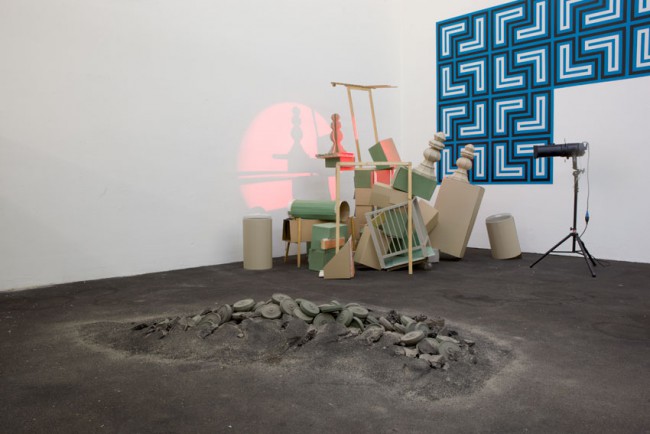
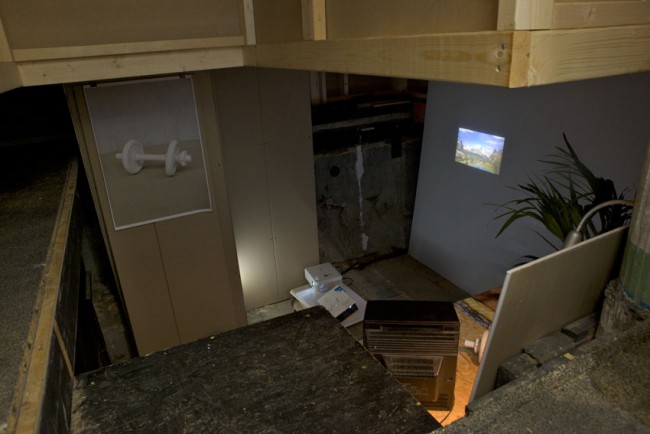
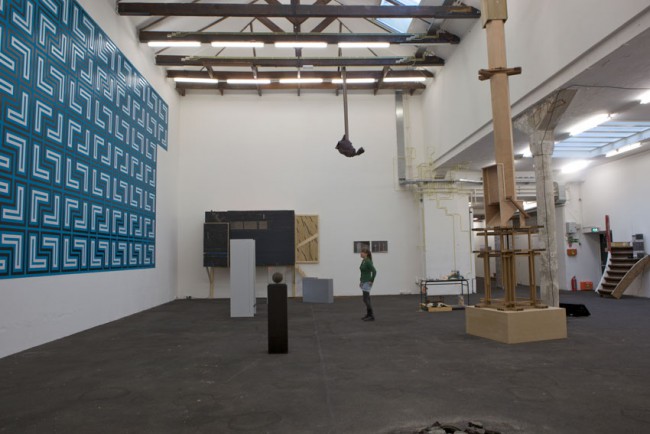

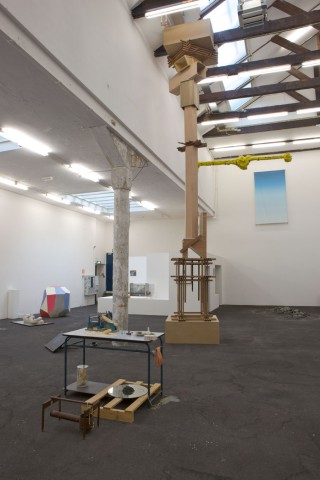
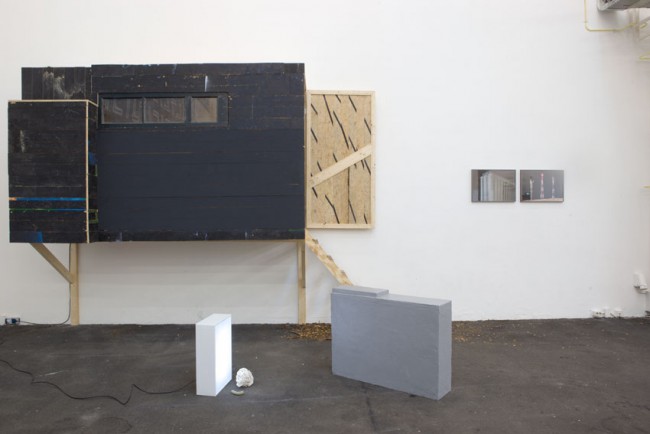
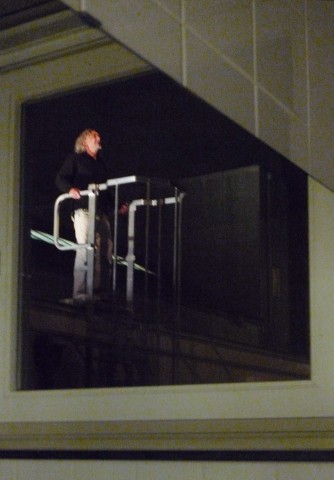
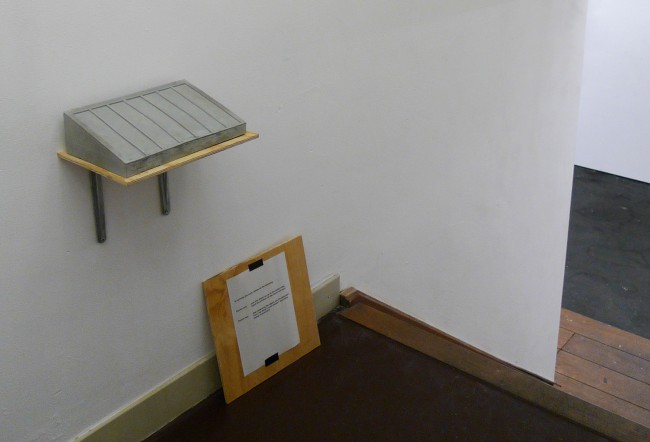
For a brief moment the revolutionary ideas on art and living of Black Mountain College resonate in the spaces of W139. The work of more than 30 young conceptual artists meets in an experimental Wunderkammer and engages in a tactile dialogue creating a performative space.
THE RESEARCH AND DESTROY DEPARTMENT OF BLACK MOUNTAIN COLLEGE brings together a group of bricoleurs, conceptual artists whose work share the idea of collecting. The physical shape of the work is determined by the content of their own research. The gathering, or ensemble of different ideas in literary images tells a story, and stands close to the notion of anachronism. In the exhibition mostly three-dimensional works will be presented, forming a dynamic parcours, as a forest of metonymic sculptures and images. The displaying of this anti-digital show will create new conceptual reflections between the different works. With 30+ artists the exhibition spaces of W139 will take on the temporal form of a giant cabin of curiosities, a physical embodiment of knowledge. The unforeseen encounters will be spurring new insights and fuel an active dialogue on exchange, collaboration and collection. Together, the large group of artists will have to overcome the inhuman proportions of the W139 exhibition space and engage in a spatial relationship with each other’s work, In the rear space Thomas Raat will transform the pattern of the mosaic floor of the Radio Kootwijk building into an enormous mural, making the large back wall an impressive rhythmic backdrop of repetitive ornaments.
The title of the exhibition functions as a boutade for the works of a new generation, born in the late seventies and eighties. Research and Destroy is an abbreviation of the cultural cliché research and development. Search and destroy is a military term for heat seeking missiles and small interventions on hostile grounds, and also an amazing punk song by The Stooges (1973). Black Mountain College refers to the experimental college which placed the arts at the centre of all learning processes. Their education methods were revolutionary and have been an inspiration for many ever since.
Spurring the imagination. Challenging habits of seeing. Learning through doing and emphasizing the experimental necessity of progressive education methods. Black Mountain College was not an art school. Focusing on the education of the whole person, the college placed the arts at the centre of the learning process and community life on the campus functioned as an important part of the curriculum. Living and creating together. The college was initiated in 1933 by John Rice and housed its campus under the Blue Ridge Mountains, North Carolina until 1957. The new experimental college was founded at the time of the Great Depression and after the closing down of the Bauhaus. Soon after its doors opened Josef and Anni Albers came to the college and would become its most prominent influences for education, bringing with them the spirit of modernism and the intertwinement of art and living. Although the college only existed for a brief period of time its revolutionary and radical ideals considering education have been resonating for many years and left their traces in many art schools today. This is where this exhibition starts...
Interventions by Rosa Sijben, Jan Hopf & Felicia von Zweigbergk
Special designed posters by Joris Kritis, Stian Adlandsvik, Asger Behncke Jacobson
Logo by Jean Bernard Koeman and Asger Behncke Jacobson, after the College logo door Josef Albers, 1933
Texts by Anne van Oppen and Jean Bernard Koeman
Curated by Jean Bernard Koeman
Listen to W139 radio
